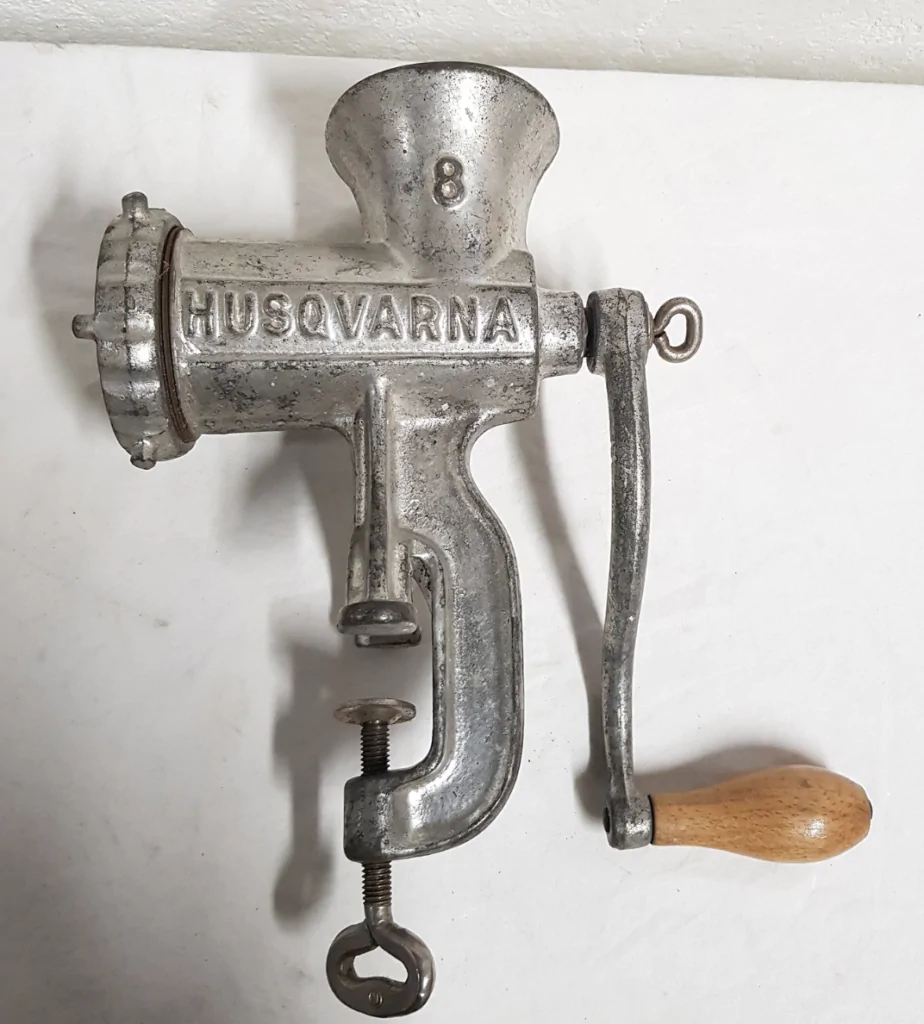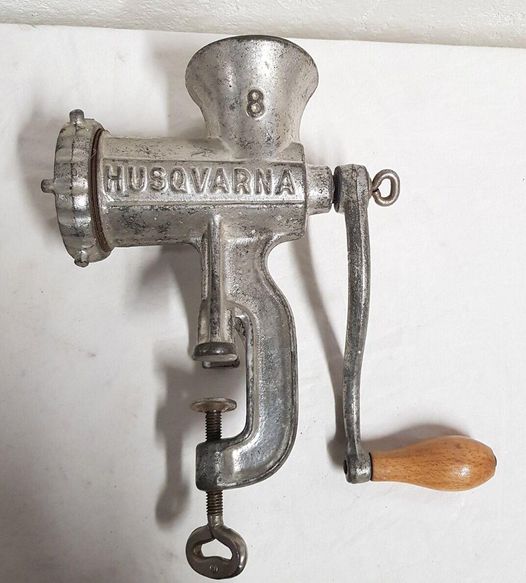Have you ever taken a moment to ponder how the kitchen tools we use daily came into existence? Today, let’s embark on a trip through time to delve into the intriguing history of one such indispensable appliance: the mixer.
The Early Days of Mixing
Our journey begins in the mid-19th century, a period when inventors worldwide were striving to create tools that would simplify the process of mixing ingredients. In 1856, Ralph Collier, a tinner from Baltimore, took a significant step by patenting the first mixer with rotating parts. Not long after, in 1857, E.P. Griffith made a groundbreaking one with the introduction of the whisk. Another notable advancement came in 1859 when the Monroe brothers, J.F. and E.P., received a U.S. patent for their hand-turned rotary egg beater.

These innovative designs quickly caught the eye of the Dover Stamping Company, which acquired the Monroe Brothers’ patent. The Dover egg beaters, commonly known as the “Dover beater,” soon became a cherished American brand. Their popularity was such that a delightful dessert recipe called “Hur-Mon Bavarian Cream” featured the Dover beater in a 1929 February edition of the Gazette newspaper in Cedar Rapids, IA.
Enter the Electric Era
Fast forward to 1885, and we see the introduction of the first electric mixer, thanks to the inventive mind of American Rufus Eastman. Nonetheless, it was the Hobart Manufacturing Company that truly revolutionized the mixer industry with their large commercial mixers. In 1914, they launched a game-changing model that set new standards in kitchen appliances.
During the early 20th century, the Hobart KitchenAid and Sunbeam Mixmaster emerged as popular brands in American households. Yet, it wasn’t until the 1920s that electric mixers became common sights in kitchens, making everyday cooking chores significantly easier.
The Stand Mixer: A Game Changer
In 1908, Herbert Johnston, an engineer at the Hobart Manufacturing Company, experienced a moment of inspiration while watching a baker mix bread dough with a metal spoon. Determined to find a better solution, Johnston developed a mechanical device to streamline the process.
By 1915, Johnston’s 20-gallon mixer had become a staple in most large bakeries. In 1919, the Hobart Manufacturing Company introduced the Kitchen Aid Food Preparer, the first iteration of what we now know as the stand mixer. This revolutionary device quickly found its way into homes across the nation, forever changing how we prepare food.
From the hand-turned rotary beaters of the 19th century to the electric motors and the advent of the stand mixer, this essential kitchen tool has undergone significant innovation. These advancements have not only made our lives easier but have also allowed us to enjoy the art of cooking more fully.
So, the next time you’re whipping up cookies or mixing cake batter, take a moment to appreciate the rich history behind your trusty mixer. It stands as a testament to human ingenuity and the relentless pursuit of simplifying everyday tasks.

Another fascinating kitchen tool worth mentioning is the meat grinder. Known as a “meat mincer” in the United Kingdom, this versatile appliance is used for mincing and mixing raw or cooked meat, fish, vegetables, and more.
The meat grinder’s journey begins in the 19th century with Karl Drais, who invented the first version of this valuable tool. Initially, these grinders were hand-cranked, working by pushing meat through a metal plate with small holes, producing long, thin strands of meat.
As technology advanced and electricity became widely available, manufacturers started producing powered meat grinders. These modern electric grinders allow for efficient and uniform processing of several pounds of meat at a time. Many of today’s models come with various attachments, expanding their functionality to include tasks like sausage-making, kibbe, and juicing.
So, the next time you’re grinding meat for a tasty meal or trying your hand at homemade sausages, remember the storied history and clever innovation behind your meat grinder. It’s a testament to how far kitchen tools have come in making our culinary adventures easier and more enjoyable.




